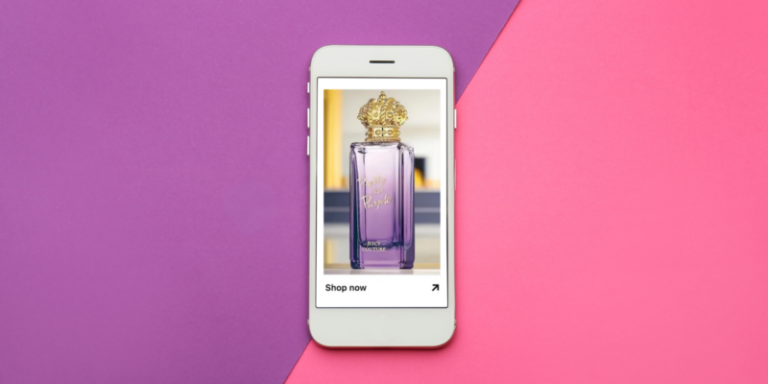As user behaviors change, social platforms are adapting to keep pace, and we’re examining the latest features and what they mean for businesses and creators alike.
Leading this adaptation, Meta’s toying with AI clones for content creators, potentially revolutionizing community engagement. Instagram’s cranking up the creativity, letting you add up to 20 audio tracks to a single Reel. TikTok’s not far behind, introducing in-app ticket sales. They’ve also added a “Sound Search” feature. Meanwhile, Threads is making waves with cross-posting capabilities, and Pinterest is taking a bold leap from digital inspiration to real-world experiences.
These aren’t just cool new features — they’re signaling major shifts in how platforms are approaching user engagement, content creation and the blending of online and offline worlds.
Let’s break down these key developments, explore what they mean for users and businesses and consider how they might shape the future of social media.
Meta: AI Integration and Advertising Evolution
Meta is pushing the envelope with AI integration in content creation. Mark Zuckerberg has floated an intriguing idea: AI clones handling community engagement for content creators. Imagine your favorite influencer being in two places at once — creating content and responding to comments simultaneously. These AI bots would aim to capture creators’ personalities and business goals, potentially allowing them to scale their impact and focus on other tasks. It’s an exciting prospect, but not without its challenges. The big questions are: Can AI truly capture a creator’s unique voice? And will audiences embrace this new form of engagement?
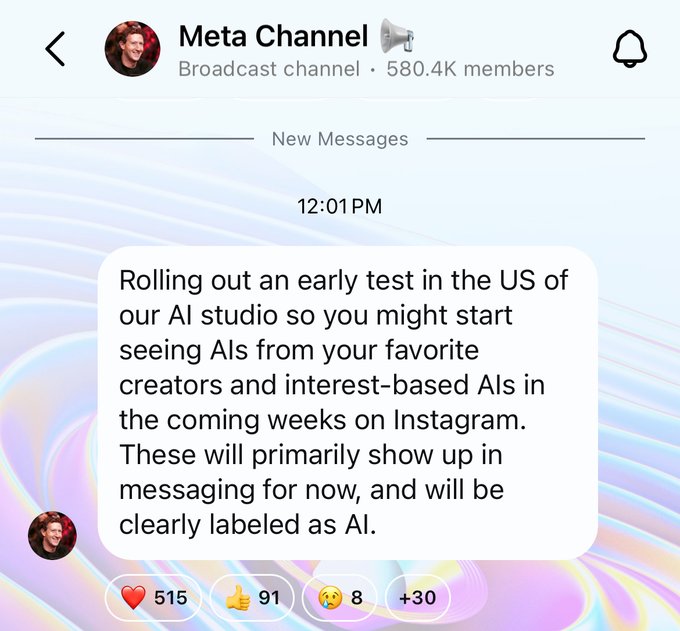
On the advertising front, Meta’s “pay or consent” model for advertising in Europe has hit a snag. The European Commission found that this approach, which asks users to either pay for an ad-free experience or consent to personalized ads, doesn’t quite align with the Digital Markets Act (DMA) rules. It’s a reminder of the delicate balance platforms must strike between personalized experiences and user privacy. We’re curious to see how Meta navigates these waters going forward.
Instagram: Unleashing Creativity and Doubling Down on Short-Form
Instagram is turning up the volume on creativity — literally! The platform now allows users to add up to 20 different audio tracks to a single Reel. It’s like being the DJ of your own mini music festival, all within a single video. We can’t wait to see (and hear) what creative concoctions users come up with.
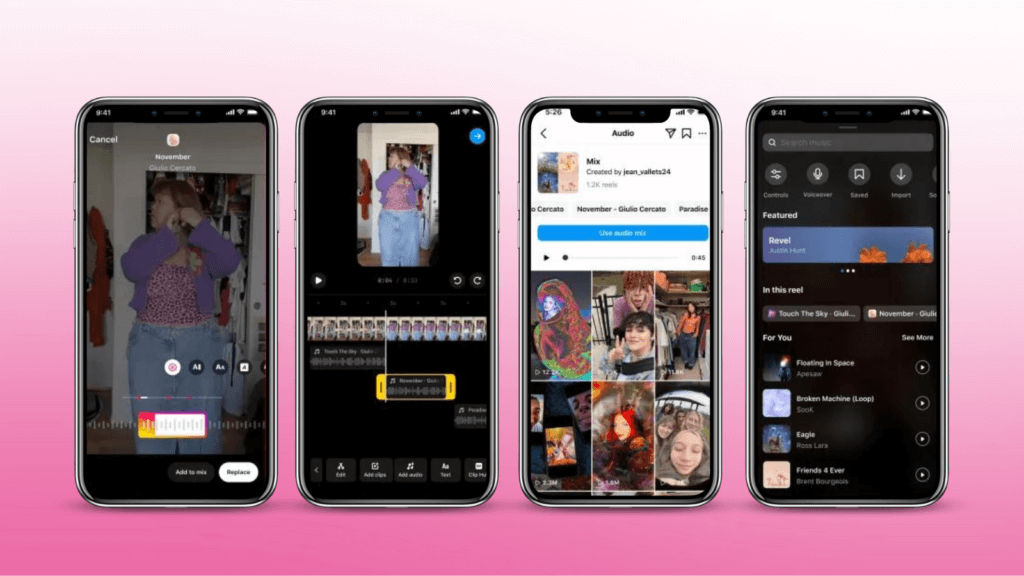
When it comes to AI, Instagram has given its content labeling a makeover. The “Made with AI” label has evolved into an “AI info” tag. It’s a small change, but one that aims to provide clearer context on AI involvement in content creation. It’s like Instagram is saying, “Hey, we know AI is here to stay, but we want you to know exactly how it’s being used.”
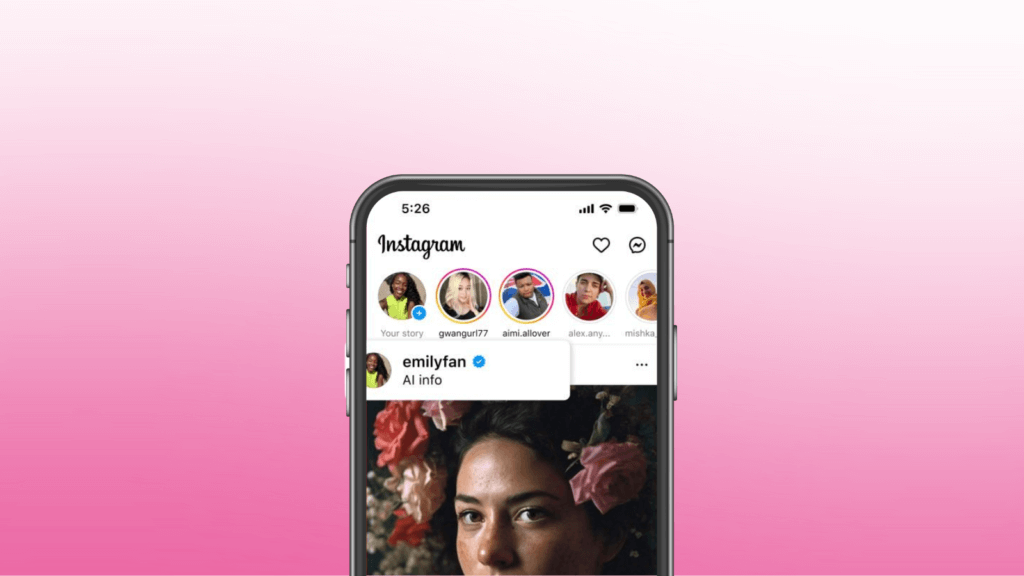
And for those who love their content bite-sized, there’s good news. Instagram’s head, Adam Mosseri, has reaffirmed the platform’s commitment to short-form content. While others might be stretching their video lengths, Instagram is sticking to its guns. It seems the platform believes that when it comes to content, good things come in small packages.
Threads: Merging Images and Platforms
Threads, Meta’s text-based conversation app, is threading its way into users’ hearts with new features. The latest? A cool tool that lets you pinch and merge images in-stream. It’s like a mini photo editing suite right in your posts.
But the real game-changer might be the new cross-posting feature. Instagram users can now push their posts to Threads simultaneously.
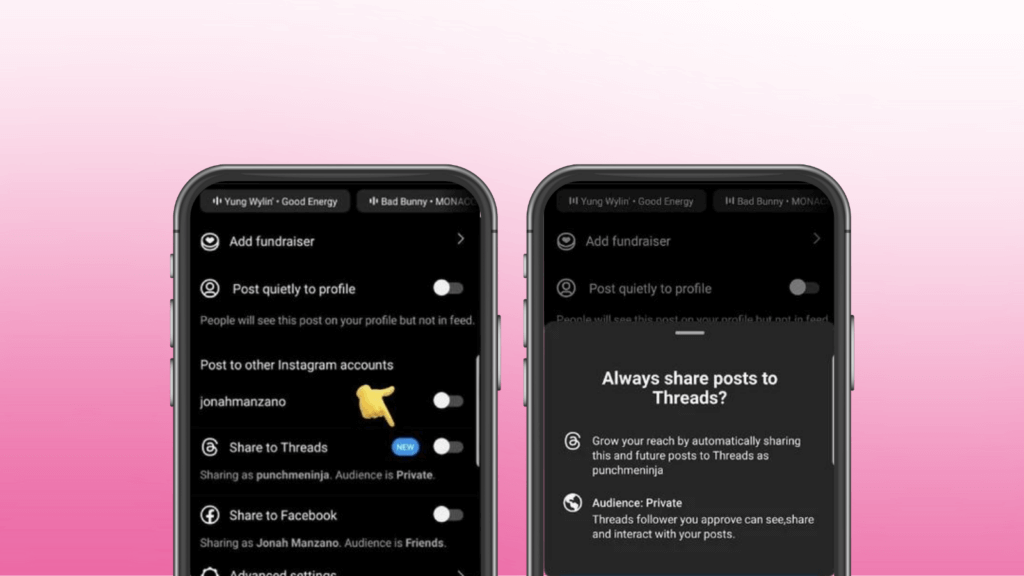
It’s like hitting two birds with one stone, or in this case, reaching two audiences with one post. This integration could potentially boost user engagement on Threads and provide creators with a more efficient way to reach their audience across multiple platforms.
TikTok: New Features Galore
TikTok has just rolled out a series of new features that are sure to keep users engaged and creators excited.
First up, TikTok has partnered with Eventbrite, allowing users to promote and sell tickets directly within the app. It’s a win-win: creators can easily promote their events, and users can get tickets without ever leaving TikTok.
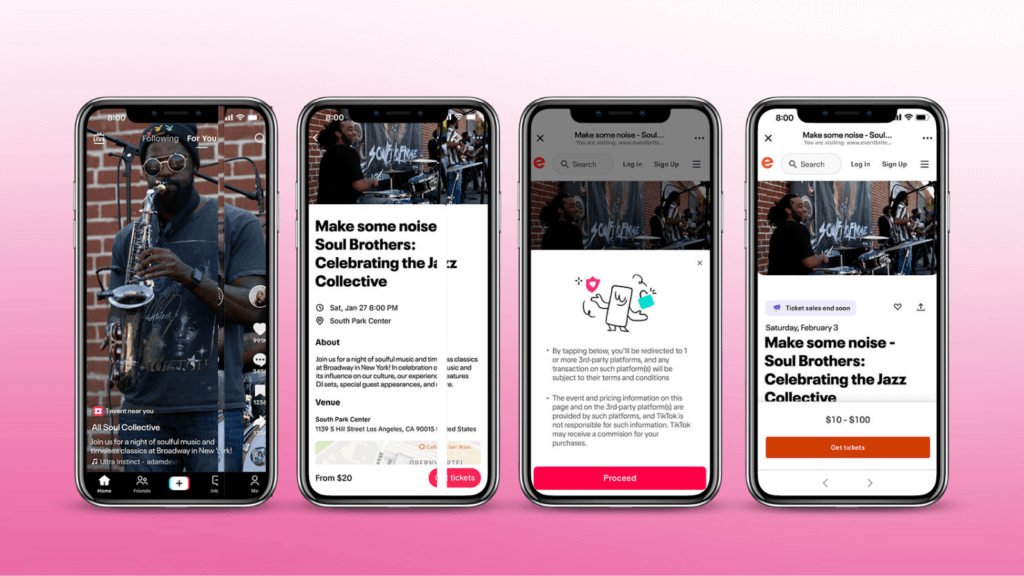
TikTok has also introduced custom thumbnails for video clips. It might seem like a small change, but for creators, it’s huge. Another exciting addition is the “Sound Search” feature, which lets users find songs by singing or humming them.
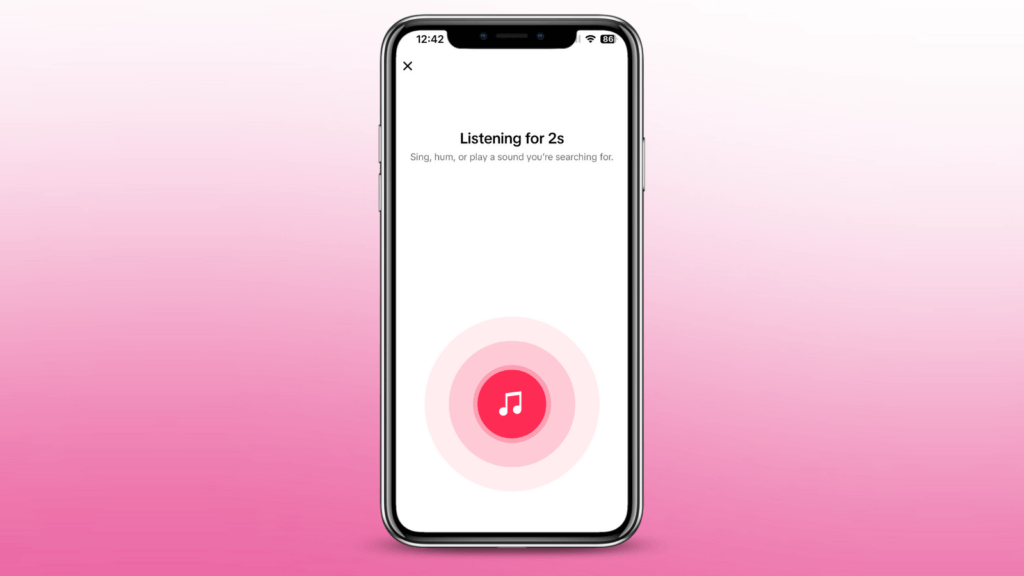
This tool allows users to find songs by singing or humming them, competing with existing music identification services and enhancing the app’s music discovery capabilities.
LinkedIn: Newsletters Get a Boost
LinkedIn is expanding its horizons with sponsored newsletters. This new feature allows brands to promote their content and generate leads through recurring, serialized publications. Building on the success of sponsored articles, this move capitalizes on the significant growth in LinkedIn newsletter readership, which has more than tripled over the past year.
Pinterest: Bringing Pins to Life
Pinterest is taking an innovative approach to user engagement, particularly targeting Gen Z audiences, by partnering with brands to create immersive, real-world experiences that bring digital trends to life.
Urban Outfitters has launched its “Shift Happens” back-to-school campaign in collaboration with Pinterest. This campaign combines digital elements, such as influencer-led Pinterest boards, with a two-day in-person event in New York City called “Space Shift.” The event is designed to bring these digital boards to life, creating a tangible connection between online inspiration and real-world experiences.

Similarly, Primal Kitchen and Pinterest have launched a colorful kitchen pop-up event in New York City. The “Pin It” event showcases the latest food trends through interactive stations and cooking demonstrations, allowing visitors to explore trending recipes and food products while engaging with both Primal Kitchen’s brand and Pinterest’s platform.
These initiatives demonstrate Pinterest’s strategy to prove its relevance beyond the digital world and its ability to drive real-world actions and experiences.
Mastering Social Media: Strategic Adaptation
Remember, success isn’t about chasing every new feature. It’s about understanding these changes and thoughtfully integrating them into your strategy to meet your audience’s needs.
Consider which new tools align best with your brand’s voice and goals. Meta’s AI-powered engagement features, Instagram’s multi-track Reels, and TikTok’s event promotion capabilities all offer potential avenues for growth. The key is to select and implement these tools in ways that authentically connect with your audience while driving your business forward.
Effective social media strategies balance innovation with consistency. Remain open to experimentation, but always measure your results to ensure your efforts are yielding tangible benefits.
Want to stay informed about new developments in social media? Subscribe to our newsletter at Ultraviolet for more expert insights and the latest trends in digital marketing.






